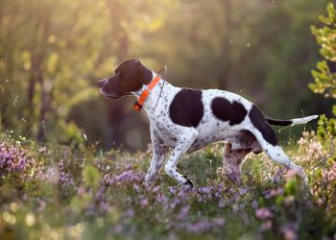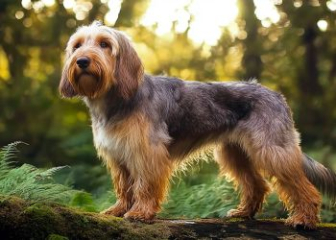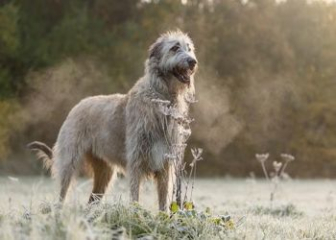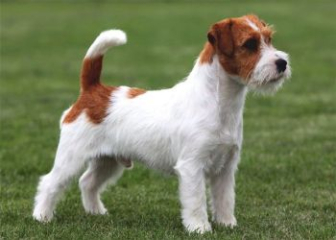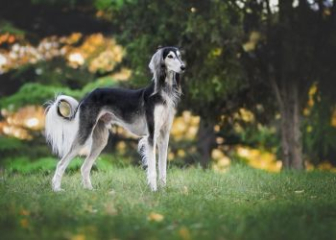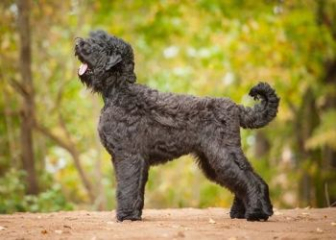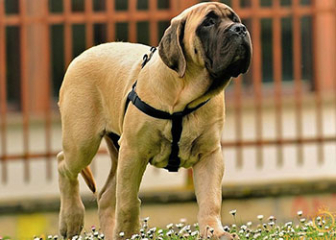Scottish Terrier – The Small Terrier Breed with an Extra-Long Beard
Blog | by
The Scottish Terrier, a small terrier breed from Scotland, is known for its striking appearance with an exceptionally long beard, independent nature, strong will, and high hunting instinct.
The Scottish Terrier, affectionately known as the "Scottie," is an ancient terrier breed originating from Scotland. Though small in size, Scotties have a dignified gait, a distinctive beard, and a bold, independent personality. They are considered the perfect "little bodyguard" for any family.
If you're curious to learn more about the Scottie, follow the detailed article below by Dog breed!
Origin of the Scottish Terrier
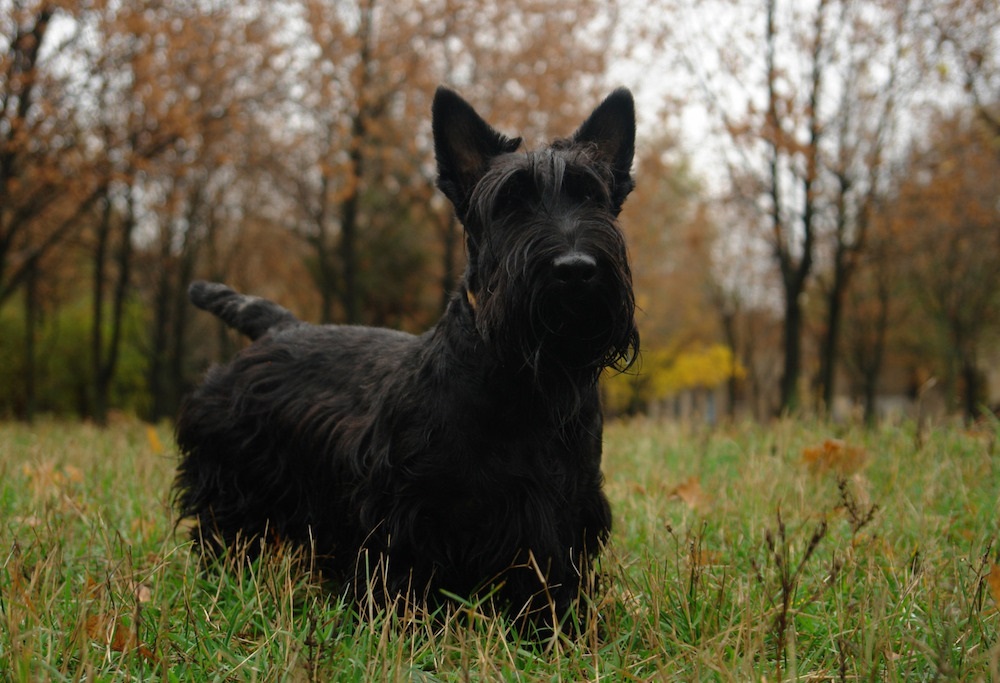
Scottish Terrier, Also Known as the Scottie
The Scottish Terrier, also known as the Scottie, originates from the Scottish Highlands and is considered one of the oldest terrier breeds in existence. The average lifespan of a Scottish Terrier is about 11 to 13 years.
The history and development of the Scottie breed are as follows:
-
As early as the 16th century, records mention a small, short-legged dog bred for hunting small animals such as rats, badgers, foxes, and grouse. These dogs are believed to be the ancestors of the modern Scottish Terrier.
-
In the 19th century, the Scottie breed was standardized by a Scottish nobleman named George, Earl of Dumbarton.
-
In 1879, the Scottish Terrier was introduced to England and began participating in dog shows.
-
By 1880, the Scottish Terrier had gained popularity in the United States and quickly became one of the most beloved terrier breeds there. U.S. President Franklin D. Roosevelt famously had a Scottie named Fala.
-
In 1885, the breed was officially recognized by the American Kennel Club (AKC).
-
Throughout the 20th century, the breed continued to be refined, maintaining its compact body, coarse coat, and courageous temperament.
-
Today, although the Scottish Terrier has become a cherished family pet, it still retains a strong hunting instinct.
See also: Yorkshire Terrier – The Small Dog with a Classy Appearance
Appearance of the Scottish Terrier
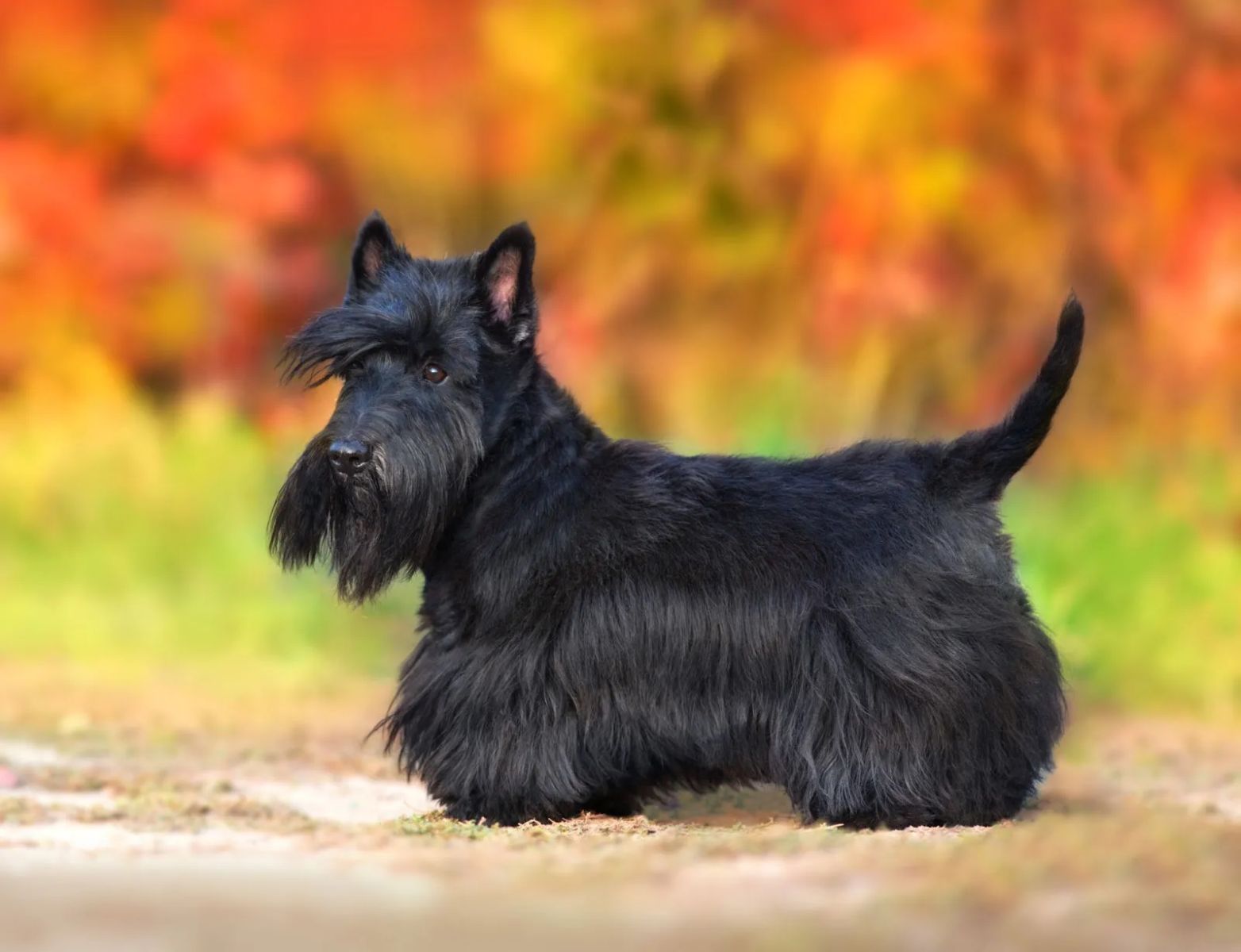
A Black Scottish Terrier with an Impressive Long Beard
Although the Scottish Terrier is a small breed, it has a strong and proud appearance. Let’s take a closer look at the physical traits of a purebred Scottie:
-
Weight: Males: 8.5 – 10 kg (19 – 22 lb), Females: 8 – 9.5 kg (18 – 21 lb)
-
Height: 25 cm (9.8 inches)
-
Body: Low, short, but solidly built
-
Head: Long and well-proportioned
-
Eyes: Almond-shaped, deep-set, dark in color with an intelligent expression
-
Ears: Small, triangular, and upright
-
Muzzle: Long, strong, with a large black nose
-
Beard and Facial Hair: Thick and full; the beard and eyebrows hang down, giving the breed its unique, signature look
-
Body Proportion: Longer than tall, with a deep, broad chest and a straight back
-
Shoulders and Legs: Muscular shoulders; short legs that are strong and agile
-
Tail: Moderately long, straight or slightly curved
-
Coat: Double-coated; the outer coat is dense, coarse, and wiry, while the undercoat is soft and thick
-
Coat Colors: Black, wheaten, and brindle
-
Gait: Agile and steady, with a strong and purposeful movement
Temperament of the Scottish Terrier
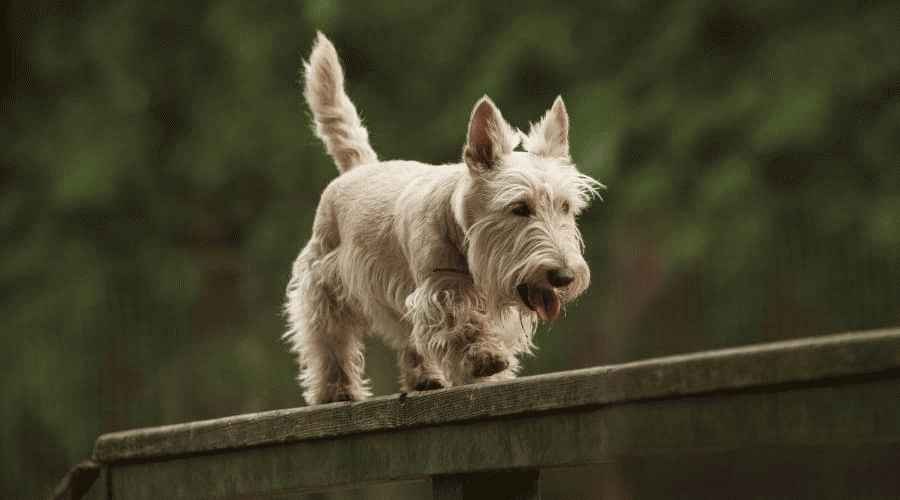
Scottish Terrier – Intelligent but a Bit Stubborn
The Scottish Terrier may have a small build, but it is actually a strong-willed, spirited dog that can sometimes be a bit aggressive. Let’s explore some key personality traits of the Scottie:
-
Intelligent but Stubborn: The Scottie is a smart and perceptive dog with keen awareness of its surroundings. However, it is also quite stubborn, independent, and does not like to rely on its owner. For this reason, training a Scottie requires patience and consistency.
-
Loyal & Alert Scottish: Terriers are deeply loyal and form strong bonds with their owners. They are highly alert and wary of strangers, making them excellent watchdogs for the home.
-
Brave with a Strong Hunting Instinct: As a terrier breed, the Scottie has a powerful prey drive. It is rarely intimidated by larger animals and always acts with confidence and determination.
-
Not Very Friendly with Children or Other Pets: The Scottie enjoys quiet environments and can be a little grumpy, especially if provoked. It may not be the best companion for young children and generally does not get along well with smaller pets like cats or rabbits, as its hunting instinct may kick in.
How to Care for a Scottish Terrier
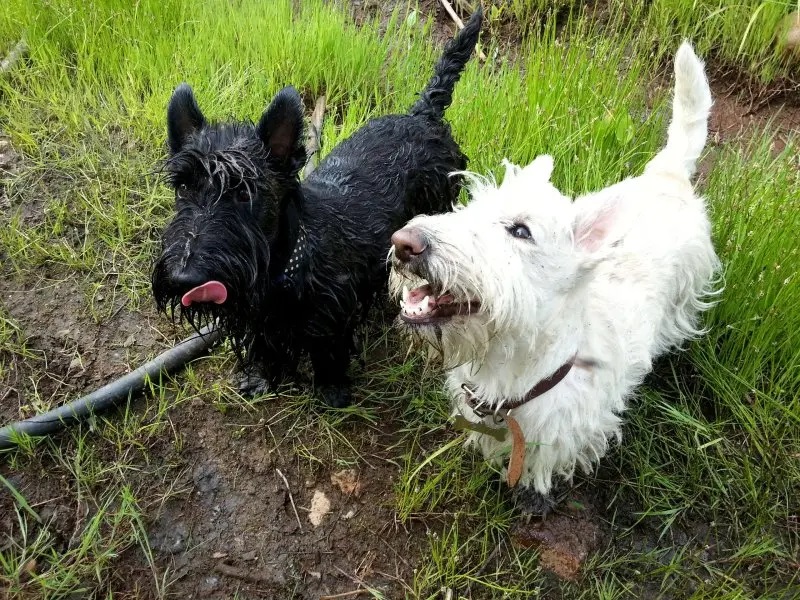
Two Muddy Scottish Terriers After Playing in the Dirt
If you're considering raising a Scottish Terrier, be sure to check out the detailed care guide we’ve shared below!
Proper Nutrition for a Scottie
Although small, the Scottie is a strong and energetic breed that requires a well-balanced and nutritious diet. Here’s what they need:
Best foods for a Scottish Terrier:
-
Protein: Chicken, beef, pork, lamb, fish, eggs
-
Healthy fats: Olive oil, fish oil, butter
-
Fiber & vitamins: Found in fruits and vegetables like apples, pumpkin, carrots, leafy greens
-
Carbohydrates: Found in grains, brown rice, oats, whole wheat bread
-
Additional nutrients: Omega-3, glucosamine, calcium, phosphorus, cheese, unsweetened yogurt
-
High-quality dry kibble (preferably protein-rich formulas)
Foods to avoid:
-
Small, sharp bones (can cause choking)
-
Salty, spicy, sweet, or greasy foods
-
Chocolate, cow’s milk, grapes
-
Human snacks like candy, chips, etc.
Feeding portions by age:
| Age | Meals/Day | Notes |
|---|---|---|
| 2–3 months (puppy) | 4 meals/day | Soft, easily digestible food like porridge |
| 4–6 months | 3 meals/day | Increase protein and key nutrients, especially calcium, omega-3, glucosamine |
| Over 6 months (adult) | 2 meals/day | Balanced portions with more fiber and vitamins |
Exercise for a Scottie
The Scottish Terrier is a small breed, but it’s packed with energy. They love running, digging, and exploring. A good exercise routine is essential to keep your Scottie happy and healthy.
-
Daily walks for 30–60 minutes, ideally split into two sessions
-
Add interactive games like fetch, tug-of-war, or treasure hunts
Grooming and Hygiene
Scottish Terriers have a thick double coat that needs regular grooming to keep them looking sharp and well-groomed.
-
Brush their coat 2–3 times a week
-
Bathe once a month using shampoo formulated for coarse-haired dogs
-
Trim their coat every 2–3 months, especially around the face, beard, and paws
-
Clip nails 1–2 times a month or as needed
-
Clean ears, eyes, and teeth regularly to prevent infections
Training and Socialization
Scottish Terriers are intelligent but can be a little stubborn. Consistent and patient training is key.
-
Start training at 2–3 months old with basic commands like “sit,” “come,” “quiet,” and toilet habits
-
Early socialization helps them get used to strangers, kids, and other pets, reducing aggressive tendencies
-
Use reward-based training (treats, praise) and avoid scolding, as they can get sulky or react defensively
Health Care and Vaccinations
With an average lifespan of 11–13 years, proper healthcare is essential to keep your Scottie happy and thriving.
-
Make sure they receive all necessary vaccinations: 5-in-1, 7-in-1, and rabies
-
Deworm regularly—typically 2–3 times a year based on vet advice and age
-
Visit the vet twice a year for check-ups and to monitor overall health
Common Health Issues in Scottish Terriers
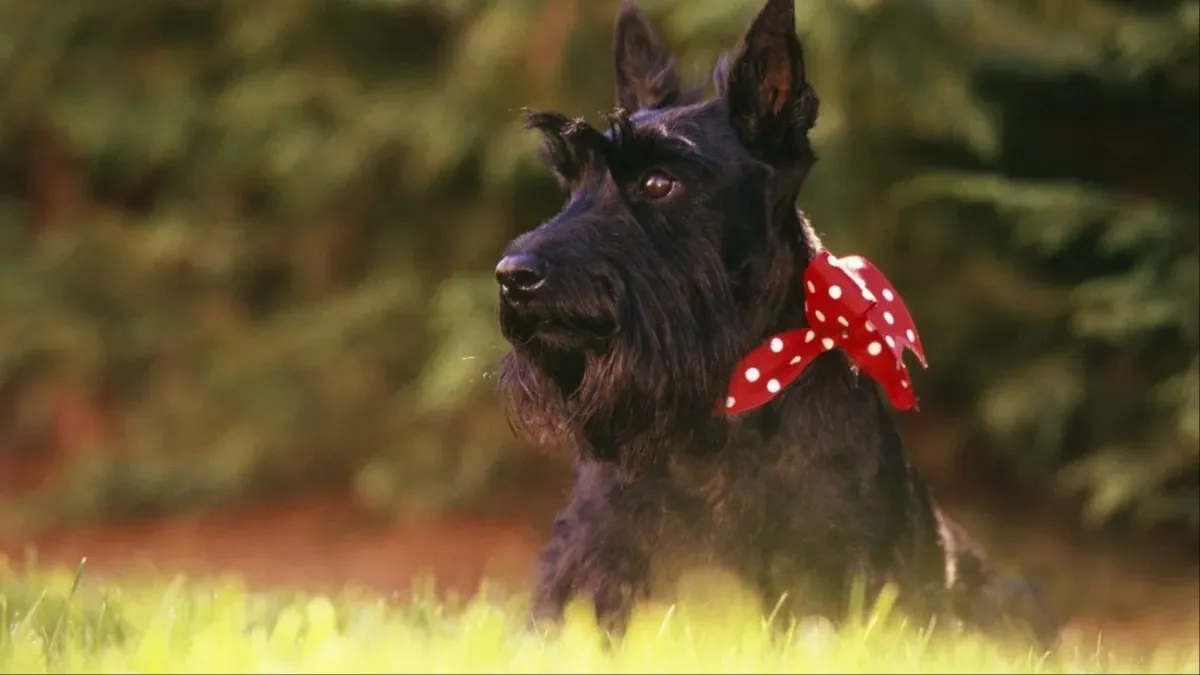
A Sophisticated, Elegant Black Scottie Dog
Below are some common health issues that Scottish Terriers may face. Learning about their symptoms and prevention methods can help you care for your Scottie more effectively.
Scottie Cramp
This is a hereditary neuromuscular disorder commonly seen in Scottish Terriers. It tends to occur when the dog is overly excited or physically overexerted. While not painful, it can significantly affect the dog’s movement.
-
Symptoms: Mild muscle spasms, unsteady gait, stiffness in the legs
-
Prevention & Treatment: There is no complete cure, but the condition can be managed by reducing stress and excitement. Your vet may recommend muscle relaxants to help control the symptoms.
Bladder Cancer (Transitional Cell Carcinoma – TCC)
Scottish Terriers are particularly prone to developing bladder cancer, a serious condition that requires early detection and timely treatment.
-
Symptoms: Difficulty urinating, presence of blood in urine
-
Prevention & Treatment: Choose dogs from healthy genetic lines, monitor urine regularly, and see a vet immediately if abnormalities are noticed.
Allergic Dermatitis
Scotties have sensitive skin that may react to food, environmental factors, or external allergens.
-
Symptoms: Excessive scratching, patchy hair loss, redness, rashes, most commonly around the belly, legs, neck, and ears
-
Prevention & Treatment: Identify the source of the allergy (food or environment), use gentle shampoos, add omega-3 to the diet, and use flea/tick treatment regularly.
Hip Dysplasia
A common joint issue in Scotties, hip dysplasia may result from genetics or improper movement.
-
Symptoms: Limping, reluctance to run or jump, signs of pain
-
Prevention & Treatment: Maintain a healthy weight, include glucosamine and chondroitin in the diet. Severe cases may require surgical intervention.
Scottish Terrier Price in Vietnam
The price of a Scottie in Vietnam can vary significantly depending on its origin, purity, documentation, and appearance. Here’s a reference price list:
| Origin | Estimated Price (VND) | Notes |
|---|---|---|
| Born in Vietnam, no documents | 8 – 15 million | No clear lineage, but easier to care for due to local breeding |
| Born in Vietnam, with documents | 15 – 25 million | Certified pedigree, VKA papers, purebred |
| Imported from Thailand | 25 – 40 million | FCI-certified, fully documented, well adapted to Vietnam's climate |
| Imported from Europe/USA | 45 – 70 million | 100% purebred, excellent health and appearance, full vaccination and pedigree papers |
Notes When Buying a Scottie:
-
Always buy from reputable pet stores or breeders to ensure quality and fair pricing.
-
Carefully check pedigree and vaccination records.
-
If buying from a local breeder, try to view the puppy’s parents.
-
If you're new to dog ownership, it's best to choose a Scottie bred in Vietnam or Thailand, as they are generally easier to care for.
Beautiful Images of Scottish Terriers
Below, we've compiled a gallery of stunning Scottish Terrier photos. Take a look to see why this breed is often referred to as the “Scottish Gentleman.”
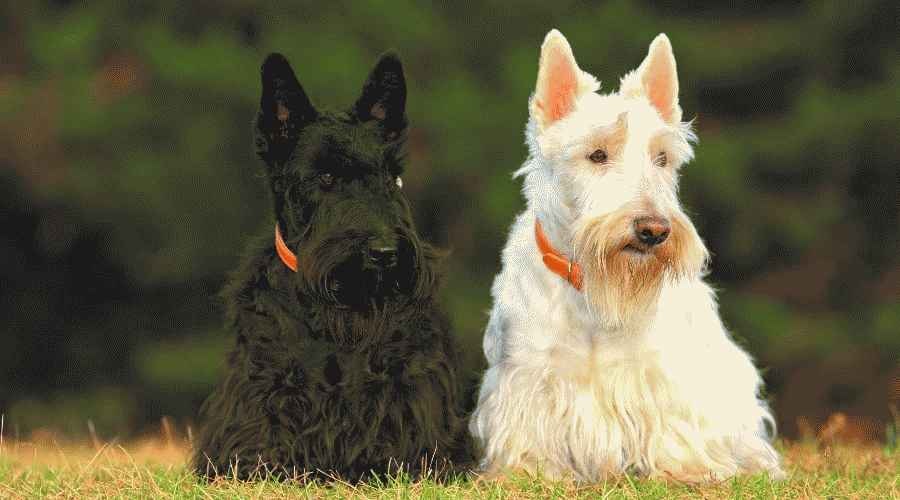
Black and White Scottish Terrier
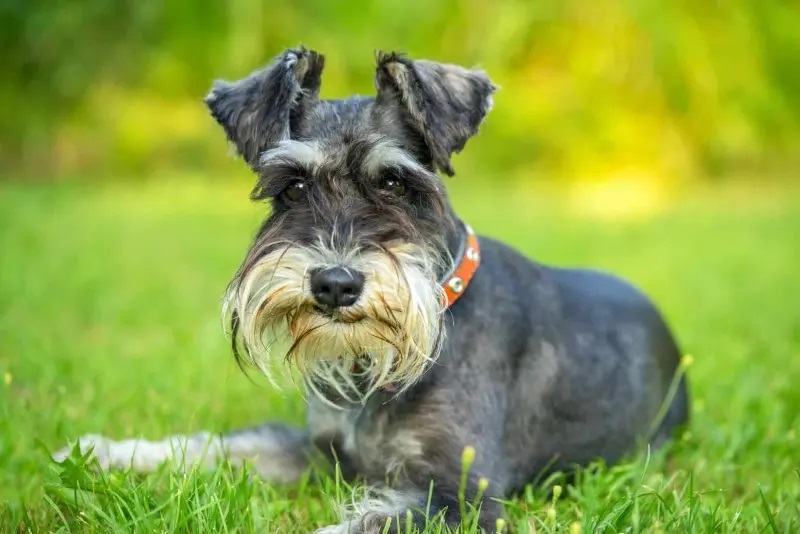
Brindle Scottish Terrier
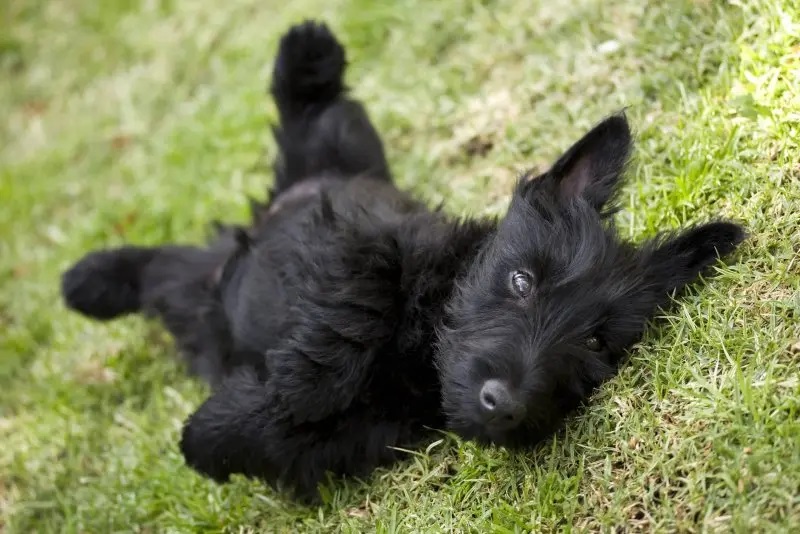
Adorable Scottish Terrier Puppy Lying on the Grass

Elegant-Looking Black Scottie
Through this article, dogbreed.wiki has provided detailed information about the Scottish Terrier – an independent and somewhat stubborn breed. However, with proper training and care, they can become a wonderful companion for any family.
Goodbye for now, and we look forward to seeing you again in future Blog posts to explore even more amazing dog breeds!

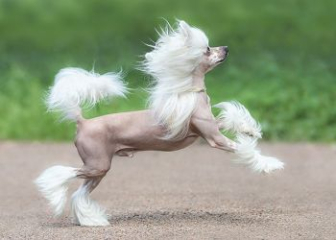
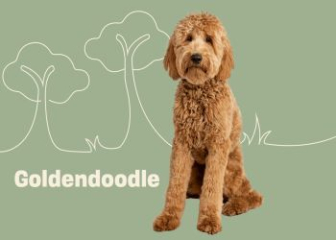
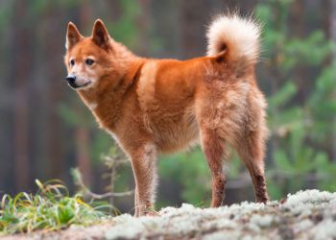

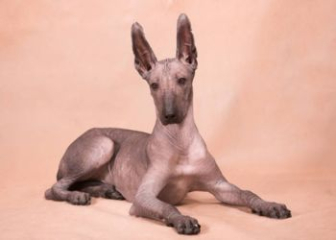
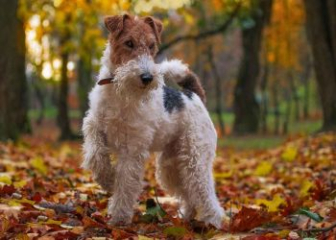


_350x250.jpg)

